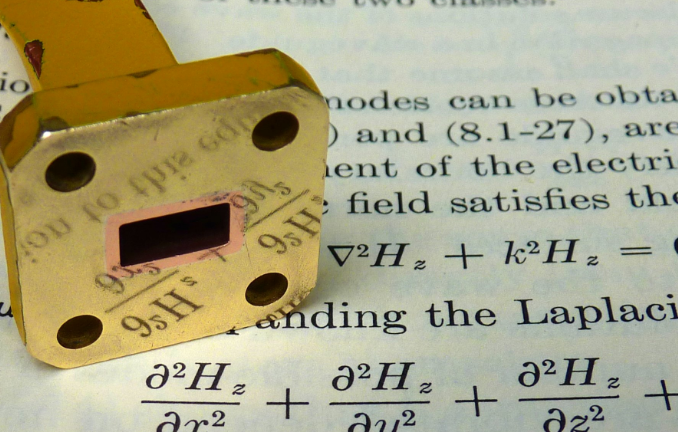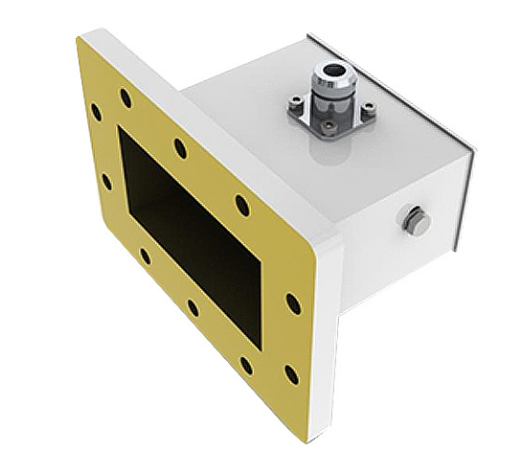Why are waveguides Pressurised
Waveguides are pressurized with dry air or nitrogen to reduce moisture, enhance signal strength, and expand bandwidth by up to 30%. Reasons for Pressurizing Waveguides Pressurizing waveguides is an indispensable practice in telecommunications and radar systems. It consists of applying a pressurized gas to the inner tube system. These may commonly include dry air or […]
Why are waveguides Pressurised Read More »









